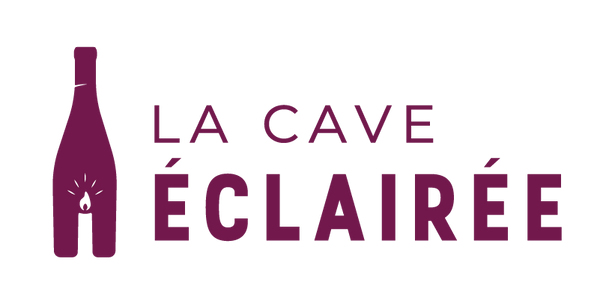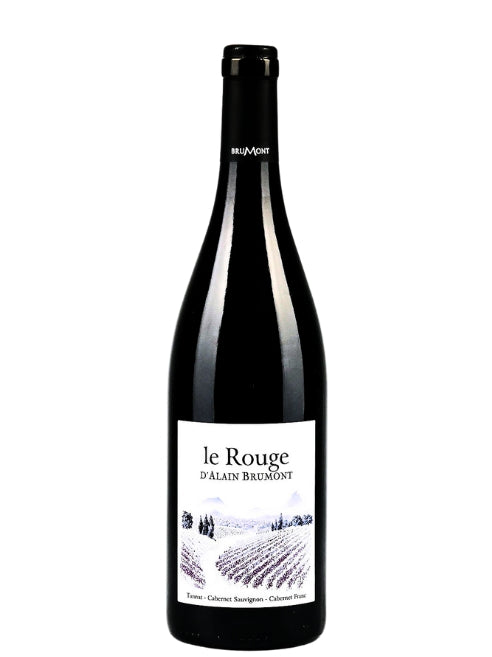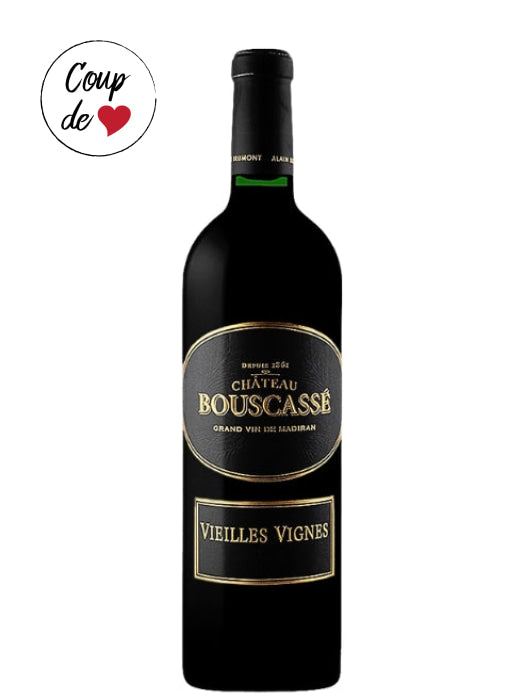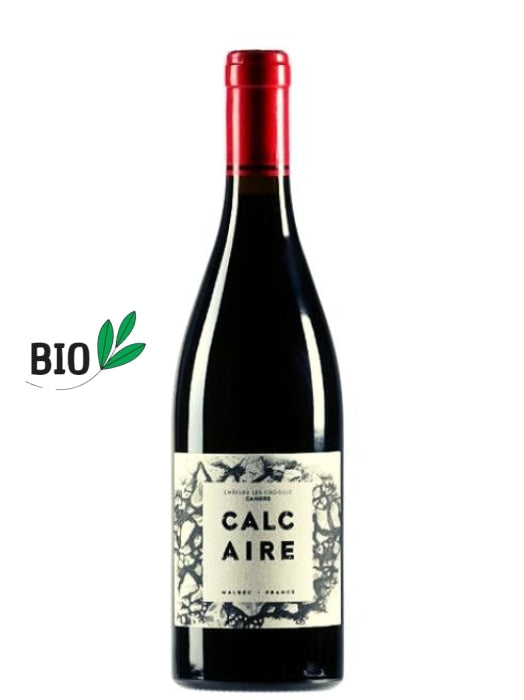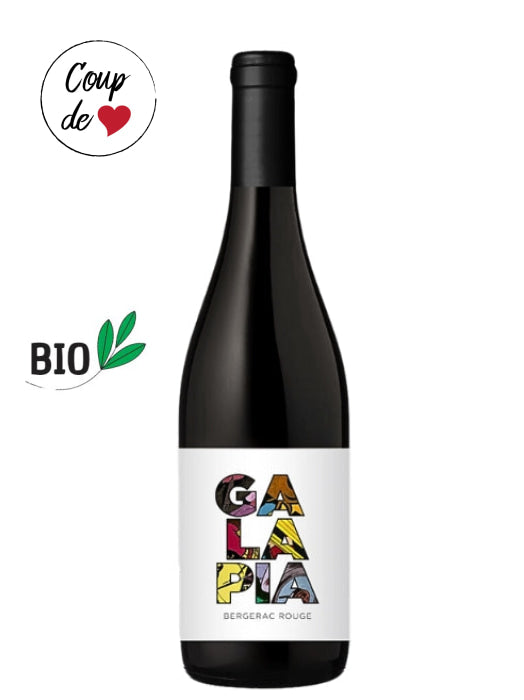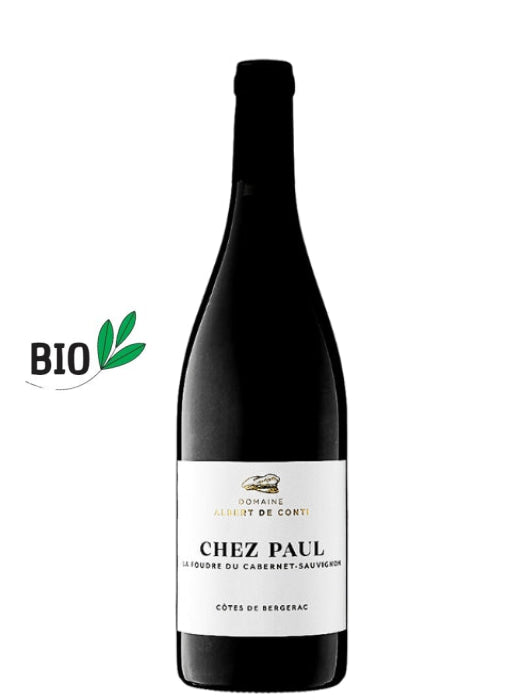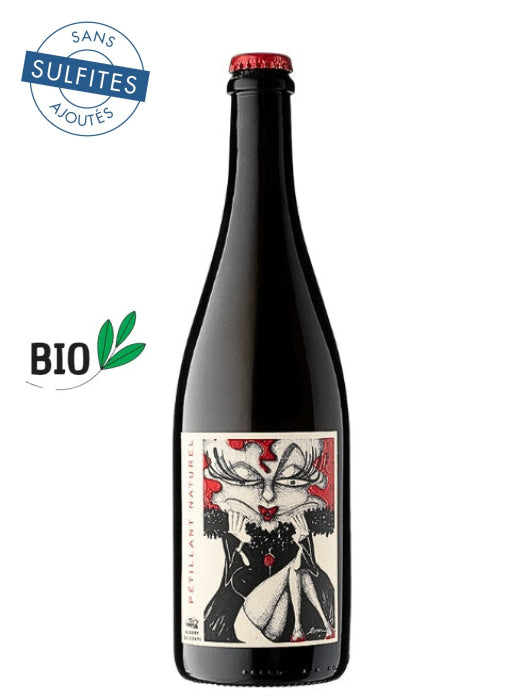Land of red wines above all in the minds of enthusiasts, the Southwest region also produces superb white wines that are worth discovering!
This vast wine-growing area of more than 55,000 hectares indeed harbors numerous appellations, each enjoying its own identity and a unique terroir.
After exploring the red wines of the region in our previous article, we are now off to discover the regional white wines! Grape varieties, appellations, styles and food and wine pairings, the Southwest will hold no more secrets for you after this reading!
White grape varieties and appellations of the Southwest
As mentioned in the introduction, the Southwest is above all a land of reds.These represent indeed 70% of the regional production, compared to only 20% for white wines and 10% for rosés. Nevertheless, the whites of the region present such diversity that they are worth exploring.
Spanning 12 departments, the South-West wine region itself includes 16 AOC (Appellation d'Origine Contrôlée) and 11 IGP (Indication Géographique Protégée). Between the mountainous landscapes of the Pyrenees, the sandy soils of the Landes or the Lot Valley, the region thus possesses a very diverse topography and climates allowing for the production of cuvées with varied styles.
Therefore, in order to explore the region without getting lost, we will first divide it into 4 major subsets, mentioning for each of them the names and grape varieties you will encounter. Enjoy your walk!
The Bergeracois
Neighboring the Bordeauxvineyard, the Bergeracois has long suffered from the comparison. This ancient vineyard seems to have found its way today and stands out thanks to the dynamism of the new generations.
Here, the key white grape varieties are Sauvignon, Sémillon , and Muscadelle. Sometimes, a bit of Chenin can also be part of the blends.
Covering 7,000 hectares, the AOC Bergerac and Côtes-de-Bergerac represent 70% of this part of the South-West vineyard. The other appellations producing dry, sweet, or dessert white wines here are Montravel, Saussignac, Côtes de Duras, Monbazillac, and Rosette.
The Garonne Valley
Primarily centered on the Lot-et-Garonne department, the vineyard of the Garonne Valley predominantly produces red wine . White wines are therefore less represented here and quite similar to those from the Bergerac region.The grape varieties are actually the same between the two regions.
The appellations producing white wines here are Buzet and Côtes du Marmandais .The overwhelming majority of wines are produced by cooperative cellars.
The Haut Pays
Located in the Southeast of Bergerac and more inland, the Haut Pays vineyard is also almost entirely dedicated to red wine . The famous appellationCahors as well as Fronton, Saint-Sardos, and even the Coteaux du Quercy do not produce white wine.
The AOC Gaillacis one of the few here to produce dry and sweet whites thanks to the grape varieties Len-de-l'el, Mauzac, Muscadelle, and Sauvignon . Two micro-appellations also produce dry white wines thanks to Chenin and sometimes Mauzac:Entraygues-Le-Fel and Estaing .
The Pyrenean Piedmont
Located at the extreme southwest of the French vineyard, the Pyrenean Piedmont includes the vineyards of Gascogne ,Béarn , and Basque Country . While the area is also renowned for its reds,a beautiful diversity of white wines is nevertheless offered, ranging from dry to sweet and semi-sweet.
Many appellations indeed produce white wines: Béarn-Bellocq ,Tursan ,Irouléguy , and Jurançon are fine examples. Pacherenc du Vic-Bilh is entirely dedicated to white wines, ranging from dry to sweet.
The IGP Gascognealso enjoys a good reputation while the more discreet IGP Landes and IGP Ariège offer delightful small white wines for pleasure.
The main grape varieties here are the Gros mansengand Petit manseng . Often blended because they complement each other, the first provides body on the palate and is quite productive, while the second imparts freshness and finesse.
Several indigenous grape varieties are also used in the region, such as Raffiat de Moncade, Petit Courbu , and Arrufiac. Within the IGPs of the region, many other varieties are also authorized, such as Sauvignon, Chardonnay, Ugni blanc, and Colombard.
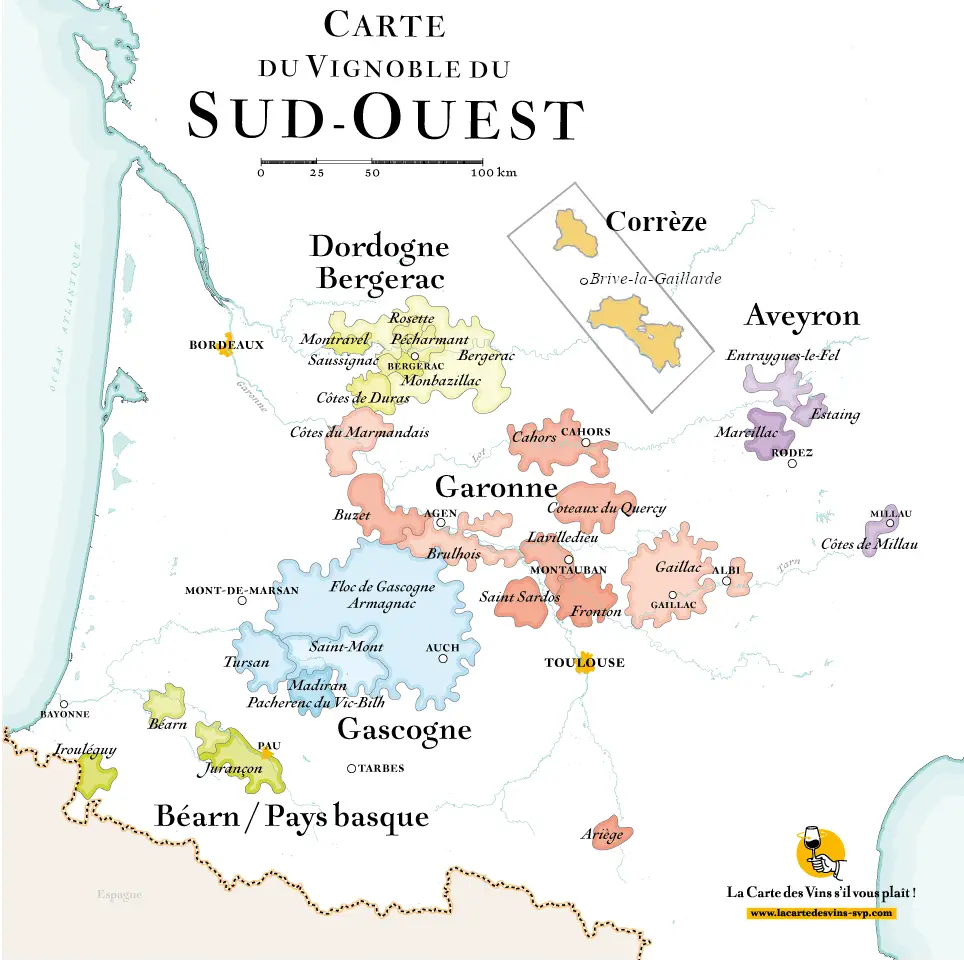
The white wine styles of the South-West
Given the great diversity of appellations, grape varieties, and terroirs of the South-West vineyard, it is extremely complex to summarize in a few lines the styles of white wines produced in the region.
Nevertheless, to give you a global view, we will describe here the main styles of white wines from the most important appellations in the area:
- AOC Bergerac: the white wines of AOC Bergerac are dry (without residual sugars) and offer a delightful richness on the palate.They are generally fruity and floral and express notes of citrus, peach, or even apricot. A enveloping texture is often present during tasting.
- AOC Monbazillac: with2,320 hectares , Monbazillac is the largest appellation in the world dedicated tosweet wines . Harvested through successive selections, the grapes here produce vintages displaying a golden color in their youth, turning amber after a few years of aging.Aromas of roasted fruits ,gingerbread , and also honey emerge on the nose as well as on the palate. From 85g/L, the mention Selection of noble grains appears on the bottles.
- AOC Gaillac: this appellation allows for the production of almost all types of wines: red, white, rosé, sparkling, and sweet wines are indeed produced on the 3,150 hectares of the AOC area. The dry whites here mostly evolve on the fruit and offer notes of apple, pear, and white flowers. Sometimes, some are aged in oak barrels, bringing roundness and structure. Finally, the sweet Gaillac express notes of candied fruits ,quince ,pear , and baked apples .
- AOC Jurançon: the 1,000 hectares of the appellation exclusively produce white wines, mostly semi-dry or sweet . The vines also predominantly evolve onvery steep hillsides enjoying a beautiful exposure. The aromatics here are very expressive and evoke exotic fruits, sweet spices, as well as candied fruits for the sweet wines. The sweet wines of the appellation (more than 45g/L) are of good aging potential and evolve on notes of honey, vanilla, and almond.
- AOC Pacherenc du Vic-Bilh: The 250 hectares of the appellation are entirely dedicated to white wine from dry to sweet. The landscapes here are hilly, and the vines benefit from an oceanic climate with continental influence.The sweet and dessert wines represent the majority of the production and express notes of exotic fruits ,peach ,ripe apricot as well as sweet spices . These arepowerful wines with great aging potential. The dry whites , on the other hand, are generally meant to be consumed in their youth. They express notes of citrus, peach, pear, and exotic fruits.
- IGP Côtes de Gascogne: Covering more than 13,000 hectares of vineyards, we had to mention this flagship IGP! Here, white wines represent 85% of the production and are among the most exported in the world.Dry white wines are lively, fruity and express notes of green apple, citrus and a lot of freshness . Sweet and other dessert wines are appreciated for their natural expressiveness and their great indulgence.
Of course, many other appellations produce white wines in the region.Don't forget Saussignac, Côtes de Bergerac, Irouléguy, or even some IGPs like those from Landes or Côtes-du-Tarn!
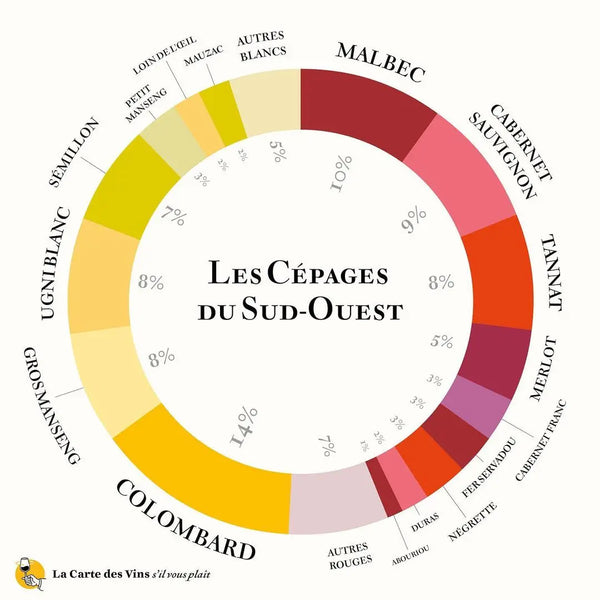
What to eat with the white wines of the South-West ?
As you may have understood, the nuances of expression of the white wines from the region are vast! Therefore, it is possible to pair the regional cuvées with many dishes.
Thus, the light, fruity, and low-alcohol dry whites from Côtes de Gascogne will pair perfectly as an aperitif withseafood (notably oysters), but also with seasonal salads or even goat cheeses like Ossau-Iraty .
For dry whites with more richness and roundness like those from the Bergerac, Irouléguy, or Pacherenc de Vic-Bilh appellations, pairings withfish in sauce (salmon, cod), scallops , or even poultry can be imagined without issue.
With the sweet and dessert wines from the region, foie gras is an absolute must, as is Roquefort or other blue-veined cheeses .Finally, for dessert, anapple tart or a delicious Périgord walnut cake will perfectly complement the aromas and indulgence of these wines.
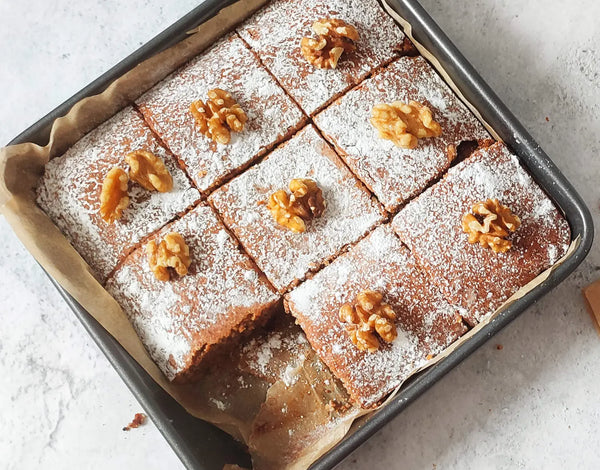
What serving temperatures for South-West whites ?
First of all, the dry and lively whites from the region are ideally enjoyed between 8-10°C . The idea here is indeed to highlight the freshness and tension that are so pleasing in these cuvées.
For dry white wines but offering more body and roundness on the palate, a serving temperature between 11-13°C allows for better respect of the more complex aromatics of these bottles.
Finally, for the sweet and regional dessert wines , 8-10°Cis also the perfect temperature so that the sugar present in these delicious bottles is not perceived as too heavy by our palates during tasting.
Conclusion
You are now a connoisseur of the white wines of the South-West! And as you have seen through this reading, the region offersa great diversity of styles thanks, among other things, to its indigenous terroirs and grape varieties.
From lively and fresh white wine to powerful sweet wine, the cuvées of the region can indeed be enjoyed both asan aperitif and according to your desires from starter to dessert .
All that remains is for you to take the plunge and create the selection that best suits your tastes. And to do so,do not hesitate to call upon
